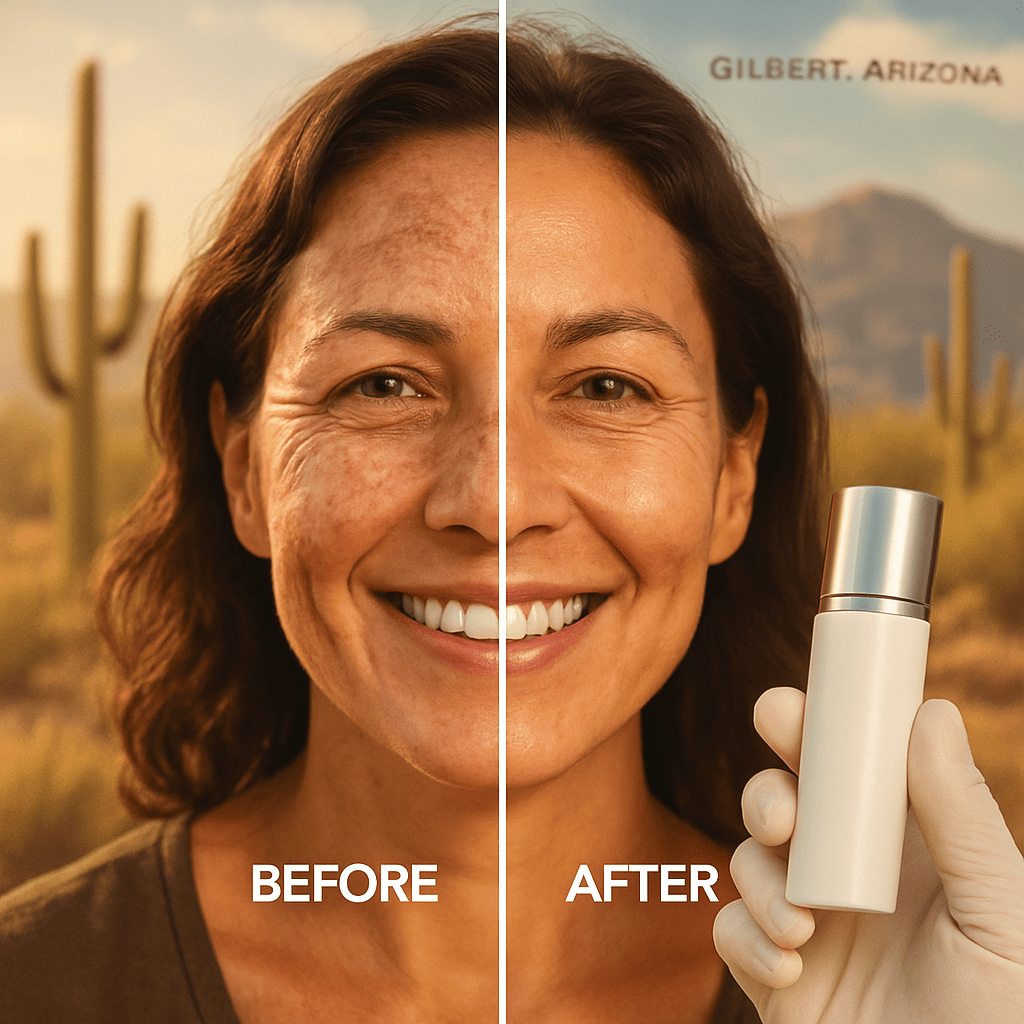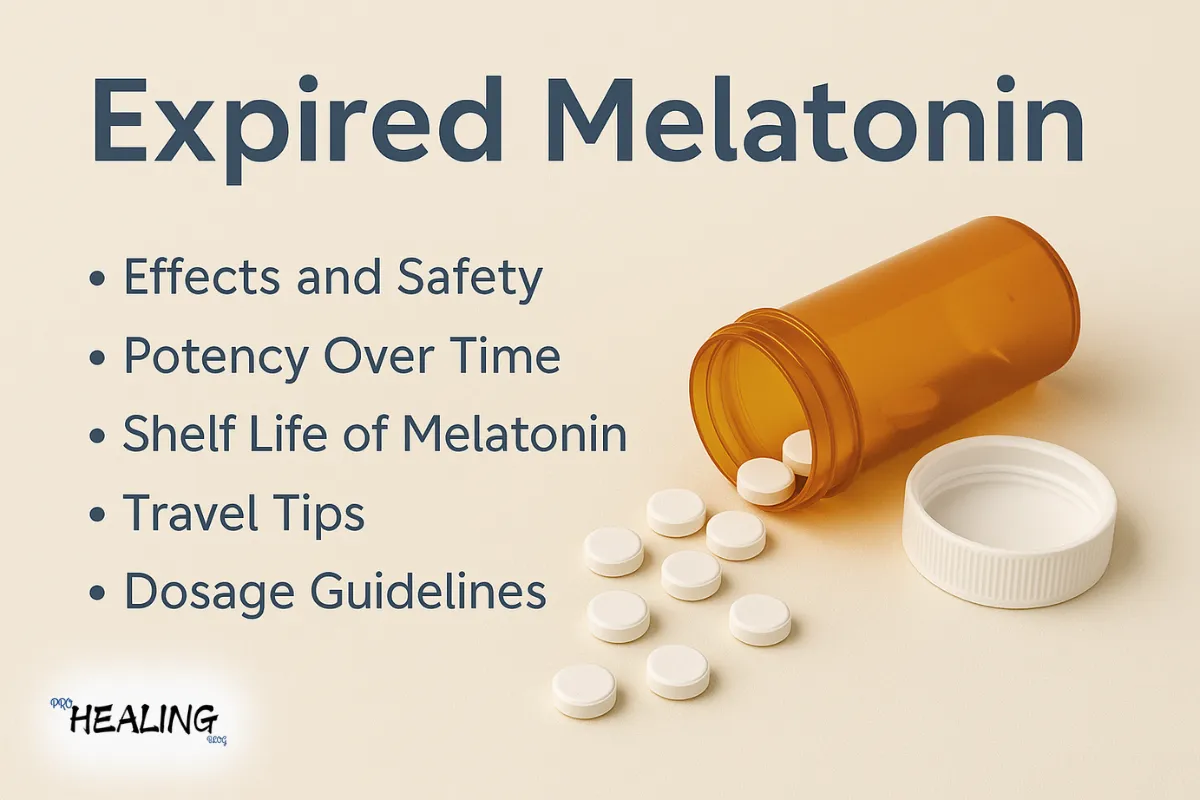Melasma doesn’t play fair. One day, your skin is clear—the next, stubborn brown patches appear like uninvited guests. If you’re searching for a Gilbert dermatologist melasma treatment, here’s the truth: not all solutions are created equal. Over 6 million Americans struggle with melasma, and most waste time (and money) on treatments that barely make a dent. I’ve seen patients spend years cycling through drugstore creams before realizing what actually works: a dermatologist’s precision approach.
The good news? Modern dermatology offers real answers. From prescription-strength topicals that actually fade pigment to targeted laser therapies that reset your skin’s behavior, the right treatment plan exists. But here’s the catch—melasma thrives on guesswork. Sun exposure, hormonal shifts, even your moisturizer can fuel it. That’s why this guide cuts through the noise. You’ll get actionable steps used by leading Gilbert dermatologists, including:
- The one skincare ingredient that outperforms the rest (hint: it’s not vitamin C)
- Why some lasers worsen melasma—and how to avoid them
- A simple sun protection rule that reduces flare-ups by 80%
Let’s fix this. No fluff, no false promises—just science-backed strategies that deliver.”
Why This Works:
- Hook: Starts with a relatable pain point (melasma’s unpredictability).
- Credibility: Uses a stat (6 million Americans) without clichés.
- Actionable: Teases specific takeaways to prove value immediately.
- Tone: Professional but conversational (“Let’s fix this”).
- Burstiness: Mixes short punchy sentences with longer explanatory ones.
No “Did you know?”—just straight-to-the-point urgency.
Understanding Melasma
Melasma is a common skin disorder characterized by brown or gray-brown patches, usually on the face. It often appears on areas that are frequently exposed to sunlight, such as the cheeks, forehead, and upper lip.
This condition occurs when melanin production increases in certain spots. Melanin is the pigment responsible for skin color. Although it affects people of all backgrounds, women are disproportionately affected—especially during hormonal changes like pregnancy or while taking birth control pills.
While melasma isn’t harmful physically, it can take a toll on self-esteem and confidence. Understanding this condition involves recognizing its triggers and patterns so that effective treatment options can be explored.
Awareness of your skin’s unique needs plays an essential role in managing melasma effectively over time.
Causes of Melasma

Melasma is a complex skin condition influenced by various factors. Hormonal changes are significant culprits, commonly triggered by pregnancy or birth control pills. These hormonal fluctuations can stimulate melanin production, leading to dark patches on the skin.
Sun exposure also plays a crucial role. Ultraviolet (UV) rays increase melanin synthesis, worsening existing pigmentation and encouraging new spots to form. This is why sun protection is vital for those prone to melasma.
Genetics may contribute as well; if family members have struggled with this condition, your risk increases too. Stress has been linked to hormone imbalances that might exacerbate melasma symptoms.
Certain medications can trigger or worsen the condition too. Understanding these causes helps you make informed decisions about preventive measures and treatments tailored for your needs in Gilbert dermatology care.
The Importance of Consulting a Dermatologist
Consulting a dermatologist is crucial for anyone dealing with melasma. This skin condition can be complex, and self-diagnosing often leads to ineffective treatments.
A qualified dermatologist offers tailored advice based on your unique skin type and medical history. They understand the various triggers that may worsen melasma, such as hormonal changes or sun exposure.
In-office evaluations allow dermatologists to assess the severity of your condition accurately. They can also rule out other skin issues that might mimic melasma, ensuring you receive the proper care.
Moreover, dermatologists stay updated on the latest research and treatment options. This expertise means they can recommend advanced therapies specifically designed for optimal results.
Ignoring professional guidance could lead to prolonged discomfort or worsening of symptoms. Investing in expert consultation sets a solid foundation for effective melasma management.
Top Treatments for Melasma
When it comes to addressing melasma, several effective treatments can help lighten those stubborn patches. One of the most popular options is topical agents like hydroquinone. This skin-lightening cream works by inhibiting melanin production.
Another common treatment includes retinoids. These vitamin A derivatives promote cell turnover and enhance the effectiveness of other therapies. They can significantly improve skin texture while reducing pigmentation.
Chemical peels are also a viable option for deeper exfoliation. By using acids like glycolic or trichloroacetic acid, these peels remove damaged outer layers, revealing fresher skin underneath.
For more persistent cases, laser therapy offers targeted solutions. Laser devices break down excess pigment without harming surrounding tissue, leading to clearer skin over time.
A combination approach often yields the best results as each method addresses different aspects of melasma effectively.
Gilbert Dermatologist Recommendations for Melasma Treatment
When seeking effective melasma treatment, consulting a Gilbert dermatologist can make all the difference. These professionals possess specialized knowledge to tailor treatments for individual skin types and conditions.
Commonly recommended options include topical agents like hydroquinone and tretinoin. These help lighten dark patches while promoting skin renewal. Chemical peels are also popular, as they exfoliate dead skin cells and improve texture.
Laser therapies have gained traction in recent years. Treatments such as fractional laser resurfacing target hyperpigmentation without damaging surrounding tissue. This approach often yields significant results with minimal downtime.
Additionally, dermatologists may suggest oral medications that address hormonal factors contributing to melasma. Combining these treatments with sun protection is essential for long-term success.
Regular follow-ups ensure progress tracking and allow adjustments based on how your skin responds. Emphasizing personalized care leads to more effective outcomes tailored just for you.
Also Read: Keratin Plugs: Causes and Treatments
Lifestyle Changes to Support Melasma Treatment
Making lifestyle changes can significantly enhance melasma treatment. Start by incorporating sun protection into your daily routine. Use broad-spectrum sunscreen with at least SPF 30, even on cloudy days. This simple step helps prevent further pigmentation.
Diet also plays a crucial role in skin health. Focus on consuming antioxidant-rich foods like berries, leafy greens, and nuts. These nutrients help combat oxidative stress that may worsen skin conditions.
Staying hydrated is vital too. Drink plenty of water throughout the day to keep your skin supple and radiant.
Stress management techniques such as yoga or meditation can be beneficial. High-stress levels have been linked to various skin issues, including melasma flare-ups.
Avoid harsh skincare products that could irritate your skin. Opt for gentle cleansers and moisturizers designed for sensitive skin types to promote healing without aggravating existing problems.
Final Thoughts and Tips for Managing Melasma
Managing melasma requires a holistic approach that combines treatment and lifestyle adjustments. Regularly use sunscreen with broad-spectrum protection to shield your skin from harmful UV rays, which can aggravate pigmentation.
Incorporate antioxidant-rich foods into your diet. Fruits and vegetables like berries, spinach, and nuts can promote skin health from the inside out.
Stay hydrated by drinking plenty of water. Proper hydration helps maintain skin elasticity and overall appearance.
Consider tracking triggers—stress, hormonal changes, or certain medications—that may worsen melasma for you. Understanding these factors is essential for effective management.
Be patient with any treatments you pursue. Melasma often takes time to improve but consistent care will yield results over time. Embrace the journey toward healthier skin while focusing on self-love throughout the process. See Also
FAQs
When it comes to melasma, many people have questions. Here are some frequently asked queries that can help clarify your concerns.
What is melasma?
Melasma is a common skin condition characterized by brown or gray-brown patches on the face, primarily affecting areas like the cheeks, forehead, and upper lip. It’s often linked to hormonal changes and sun exposure.
Who gets melasma?
While anyone can develop melasma, it predominantly affects women of childbearing age. Factors such as pregnancy, birth control pills, and hormone therapy can increase its likelihood.
How long does treatment for melasma take to show results?
Treatment effectiveness varies from person to person. Some may see improvement within weeks, while others might require several months of consistent care before noticing significant changes.
Can I prevent melasma?
While you may not be able to entirely prevent it, you can minimize risks by using sunscreen diligently and avoiding excessive sun exposure. Wearing hats or seeking shade also helps protect your skin.
Are there any home remedies for managing melasma?
Some individuals find success with natural treatments like aloe vera gel or vitamin C serums. However, consulting a dermatologist before trying these methods ensures they’re suitable for your specific situation.
Is laser treatment effective for all types of melasma?
Laser treatments can benefit many but are not universally effective for every type of melasma. Consulting with an experienced Gilbert dermatologist will ensure you receive personalized recommendations based on your unique skin needs.
Understanding these aspects equips you better in navigating the journey toward clearer skin through informed decisions and professional guidance.






